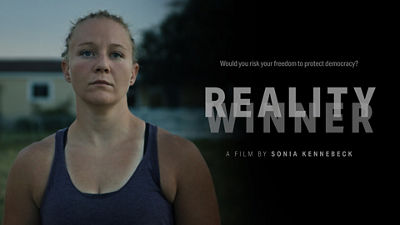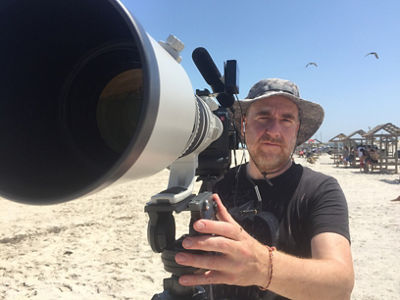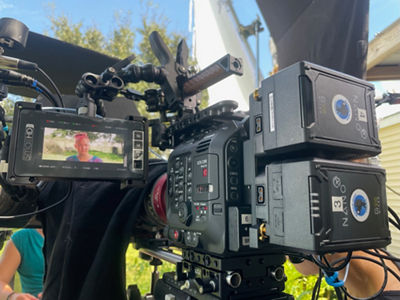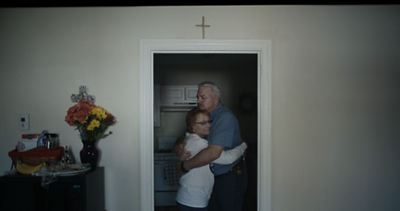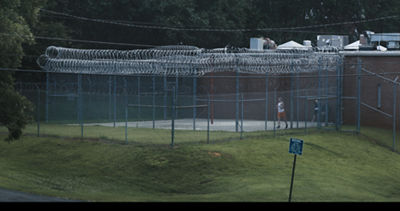The cinematography in "Reality Winner" effectively conveys the emotional and political aspects of the story. Can you share your approach to visually capturing the complexities of Reality Winner's case and the larger themes of government secrecy and whistleblowing?
Reality Winner shows the story of a young woman who is deeply moved by injustices in the world and when she worked at the NSA, she felt compelled to make the misconduct she witnessed public. She saw information about foreign election interference that was suppressed, hidden, and she didn’t want that to be her job anymore. So, she made it public. Unfortunately, the media organization that received her document didn’t protect her as a source.
In the film we have very different protagonists. I wanted to show Reality as the victim of an extremely harsh prosecution, but also her personality, who she is as a person. The camera capturing her is very still, calm, and often like a magnifying glass for her emotion.
Her counterpart is the prosecutor who you see holding a speech at the end, which I filmed with multiple different cameras and from a variety of angles. That way I could capture the full impact of his carefully orchestrated presentation. It was merciless, relentless, and that comes across unfiltered in that key scene.
For Reality’s family and supporters, I chose a verité approach. I used handheld cameras to follow their fight for democracy. That moving personal camera was a visual style choice, which also allowed me to be close to the action without disrupting it.
Through the verité scenes we are showing the power of the judiciary and the state in a blunt, unvarnished, undisguised look at the machinations of the power apparatus.



